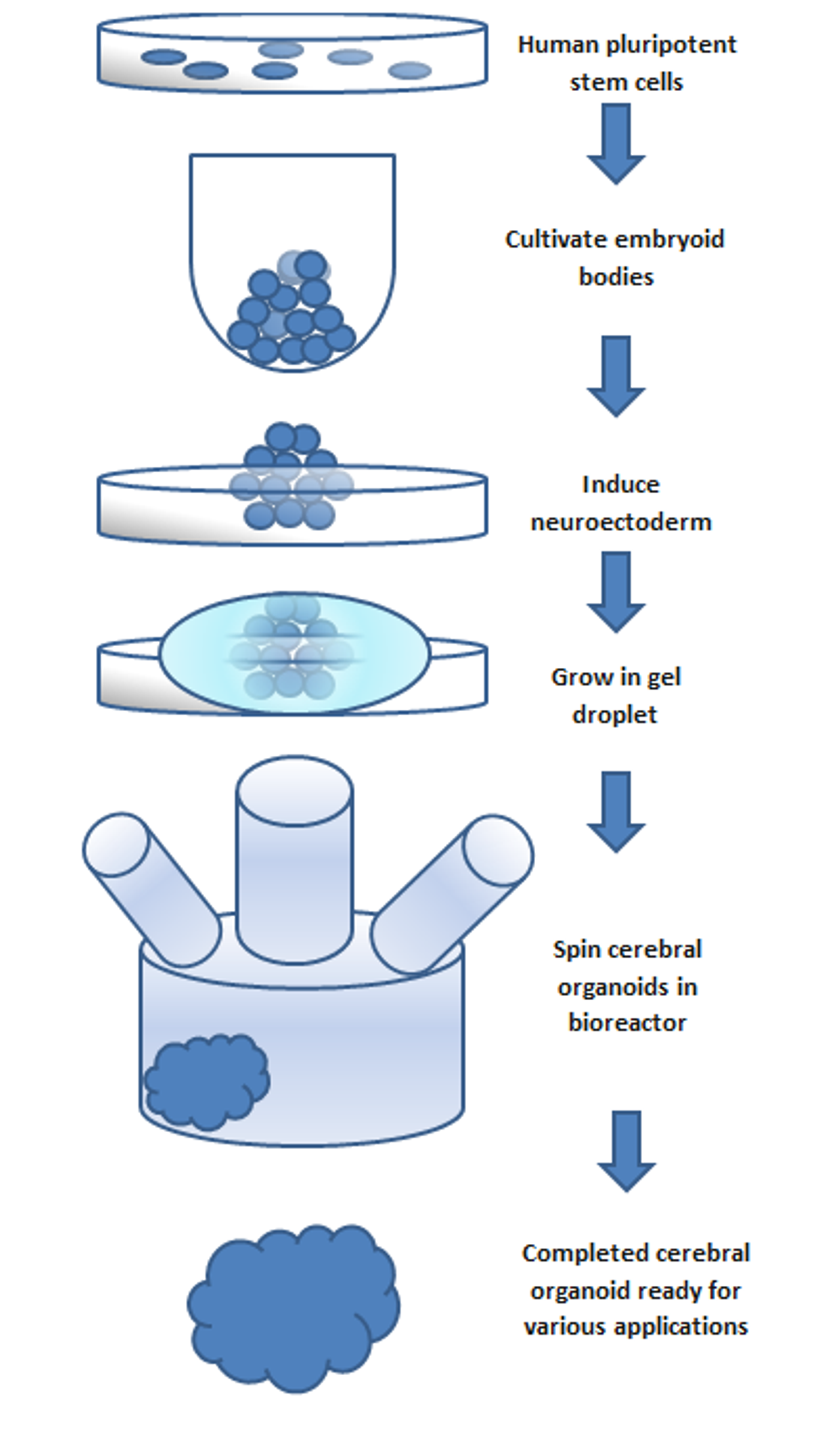Gene Pathway Regulates Growth and Development of the Cerebral Cortex
What makes us who we are and distinctive from other species? The cerebral cortex in our brains is one of the things that makes us human. It controls our highest cognitive functions, learning abilities, communication, and intellectual thought. The cortex is the largest part of our brains, and if any part is dysfunctional it can cause mental retardation, epilepsy, autism, and other learning disabilities.
There are several gene families that are responsible for normal cerebral cortex growth and differentiation. Scientists have been able to identify several pathways involved in normal function by studying conditions such as microcephaly where the cortex is underdeveloped.
Research from the Whitehead Institute of Biomedical Research, led by Yun Li and John Muffat, have recently discovered a specific gene pathway that appears to control to growth, structure, and organization of the cerebral cortex. The identification of a specific gene pathway that regulates such a significant area of the human brain could provide important insight into what happens in impaired cortical development and how we might be able to improve developmental disorders such as autism, microcephaly (what occurs during a Zika infection), and other cognitive issues.
Scientists used 3D cerebral organoids, small lab-grown versions of specific structures in the brain, to study deleterious effects of certain genes and gene pathways in the cortex. The group focused on the PTEN gene because previous studies had implicated PTEN in driving brain development and playing a role in regulating neuronal progenitor cells. PTEN loss-of-function mutations are thought to lead to conditions such as macrocephaly.
Growing normal neural progenitor cells in the 3D model, the cells grew into small cell clusters with a smooth appearance, similar to the early development of a healthy cortex. However, when the group deleted the PTEN gene, the cells continued to proliferate and delayed their differentiation, creating a larger early cortex and additional folded tissue. These results indicate that the PTEN gene plays a significant role in regulating cortical development and structural properties.
Deleting the PTEN gene increased activity of the PI3K-AKT pathway, which promotes neural progenitor cell cycle re-entry, explaining the increased cell proliferation and thus delayed neural differentiation, confirming the PTEN regulation of cortical development.
Li, Muffat, and team also realized that by adjusting the strength of AKT signaling, they could regulate expansion and folding, where less signaling resulted in smaller and smooth organoids while increased signaling created larger and more folded organoids.
Not only were the researchers able to confirm an important developmental pathway in the human cortex, but they used the 3D human cerebral organoid system to demonstrate that Zika virus infection impairs cortical growth and folding. Once the organoids were infected with Zika at the onset of surface folding, they observed widespread apoptosis. Ten days later, the infection severely hindered organoid growth and surface folding, ultimately showing increased apoptosis and decreased proliferation of progenitor cells.
The study, published in Cell Stem Cell, not only highlights new insights into the mechanism of a growing cerebral cortex, but also provides new understanding of how Zika infections cause microcephaly.
Sources: Medical News, Cell, HHMI









